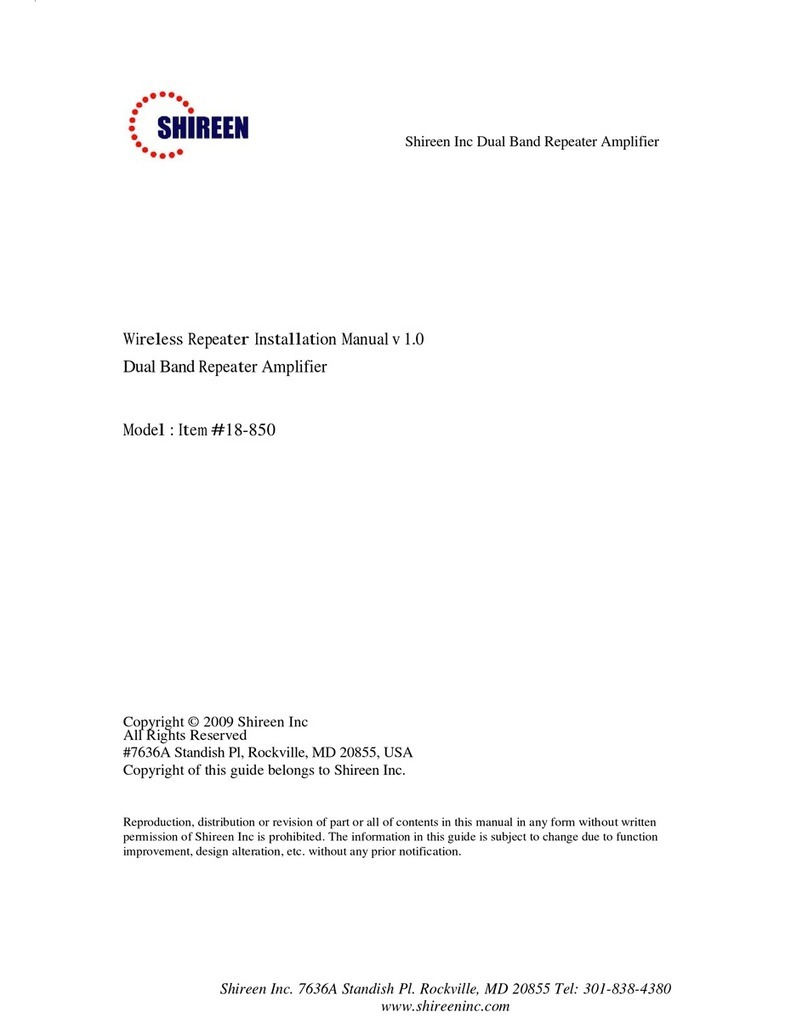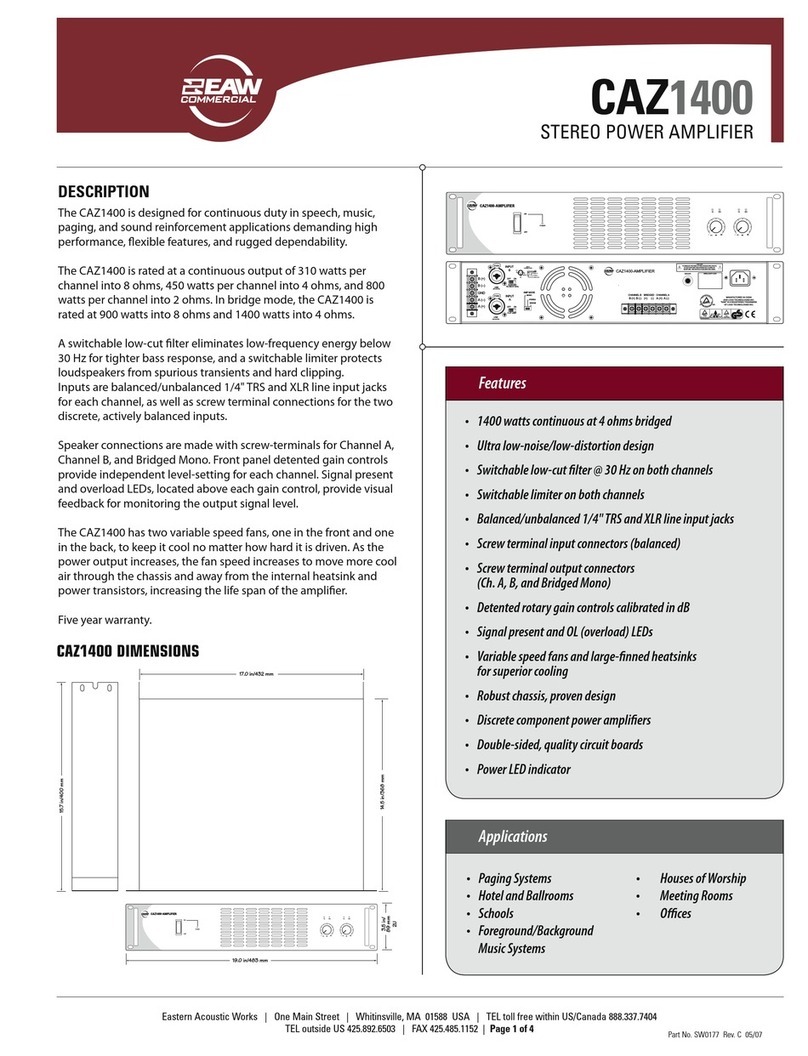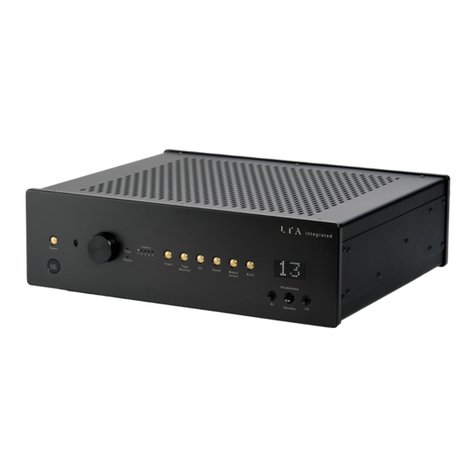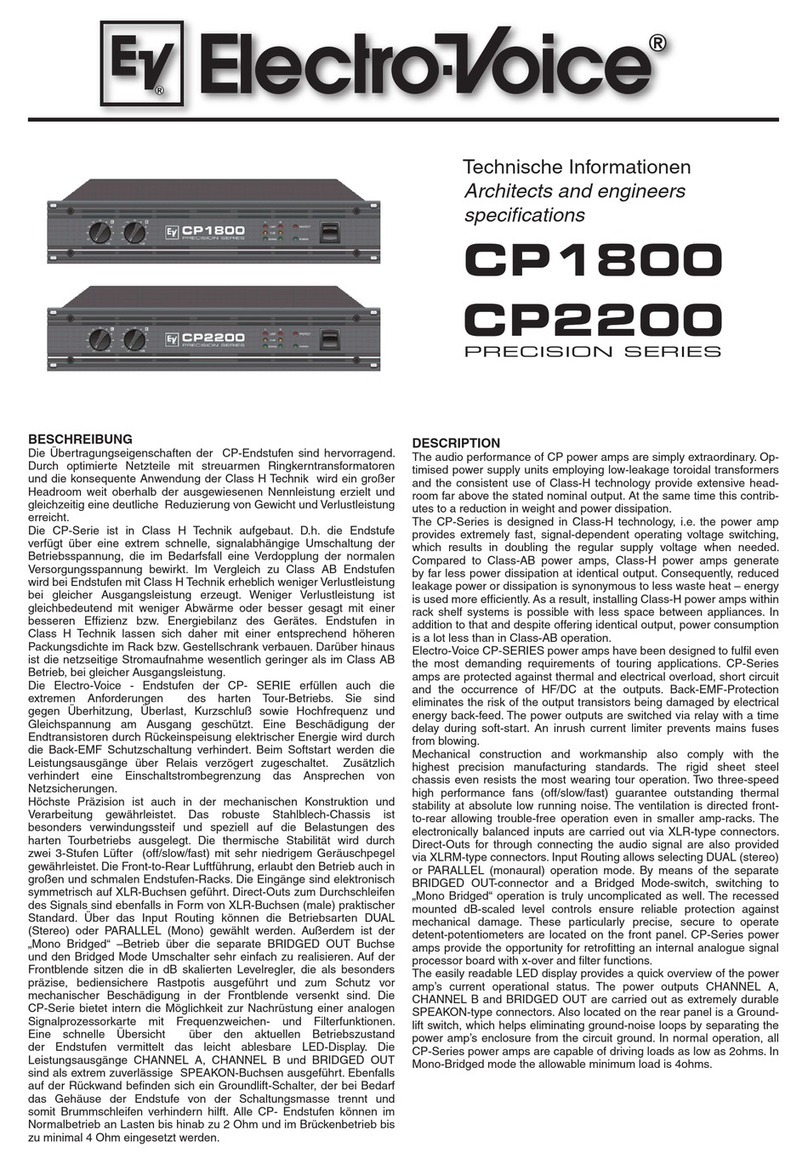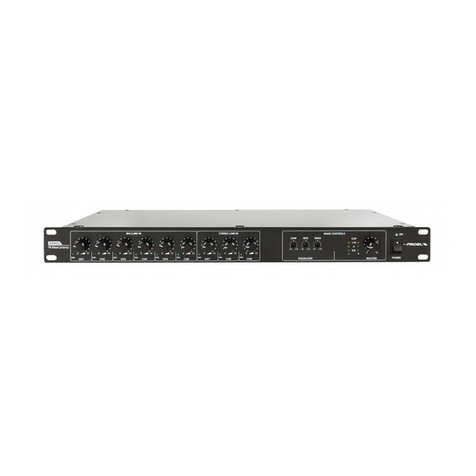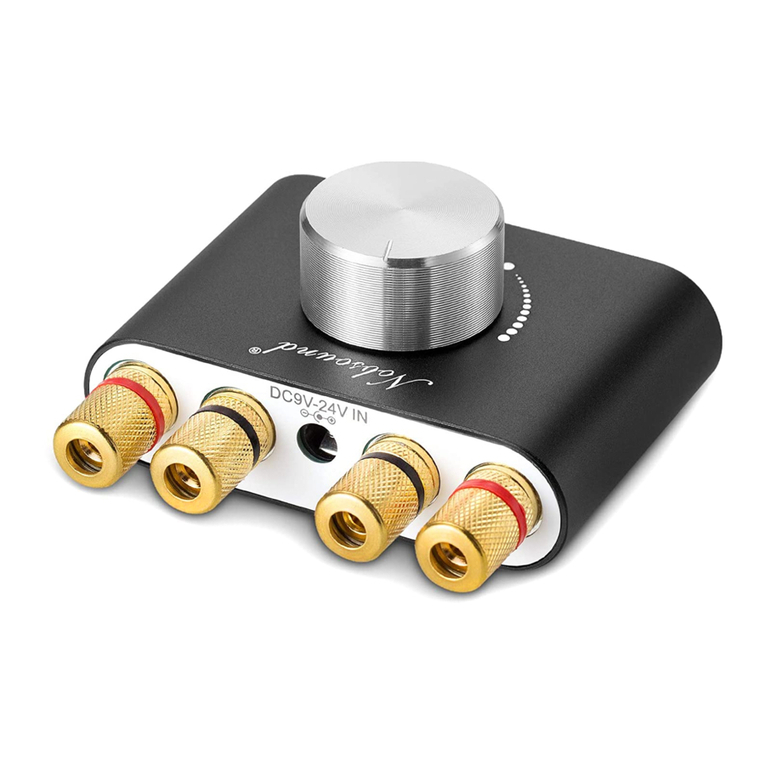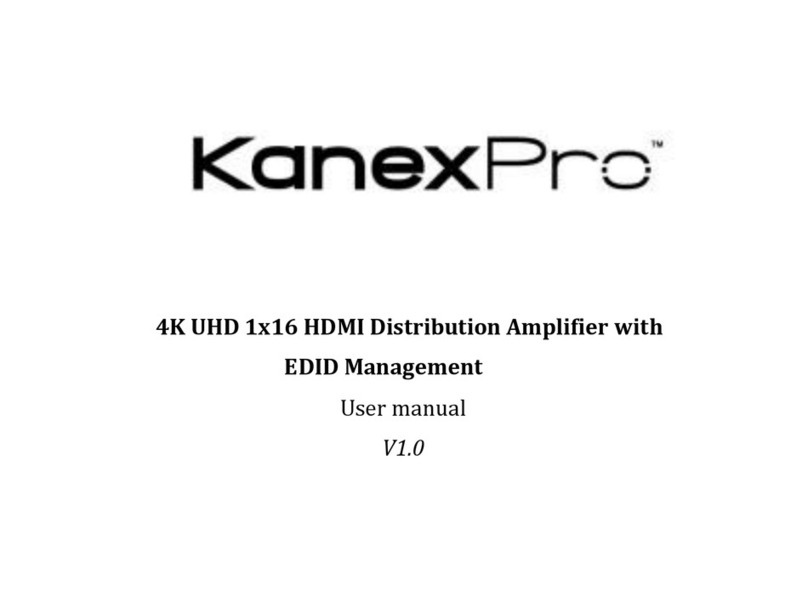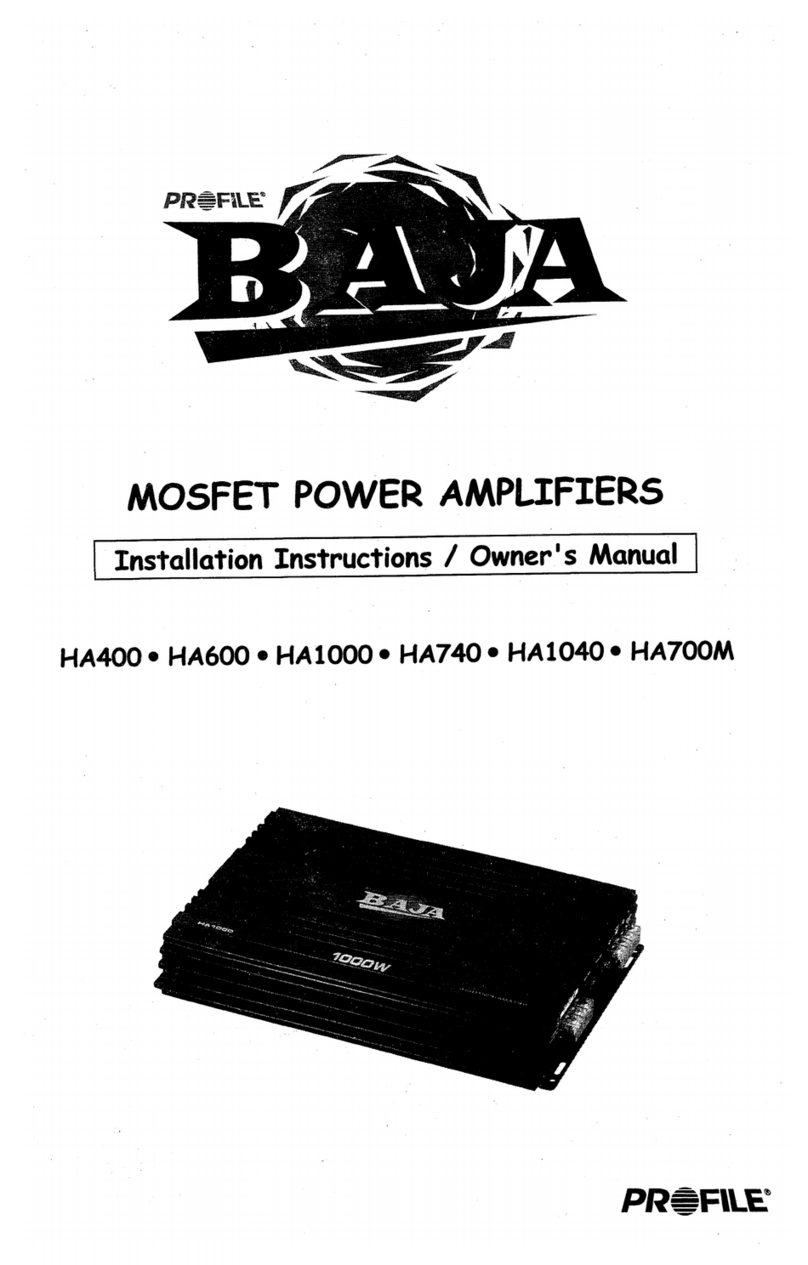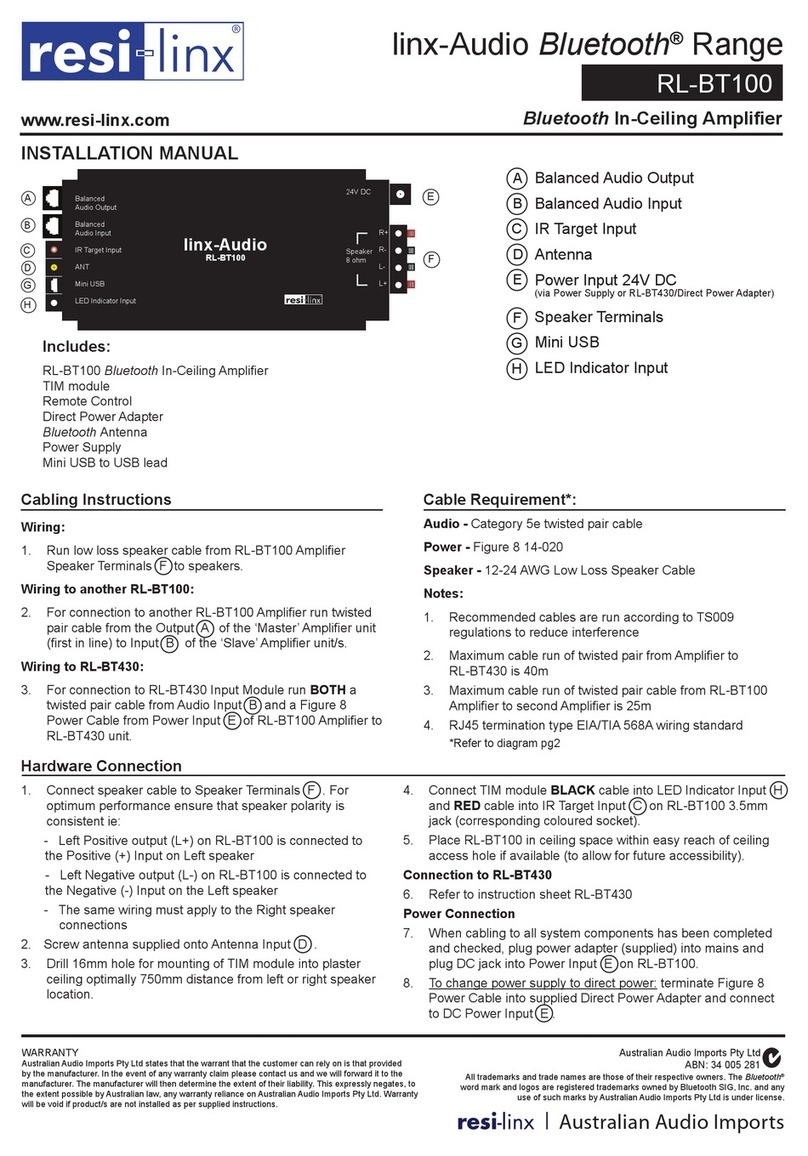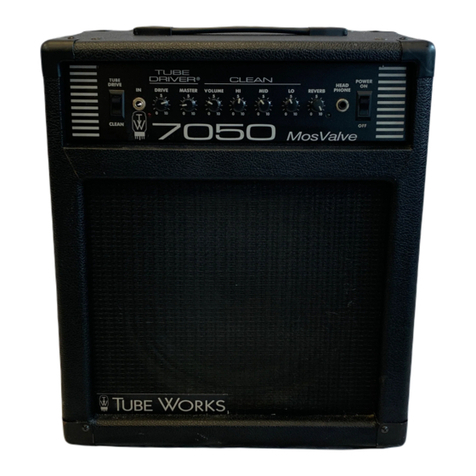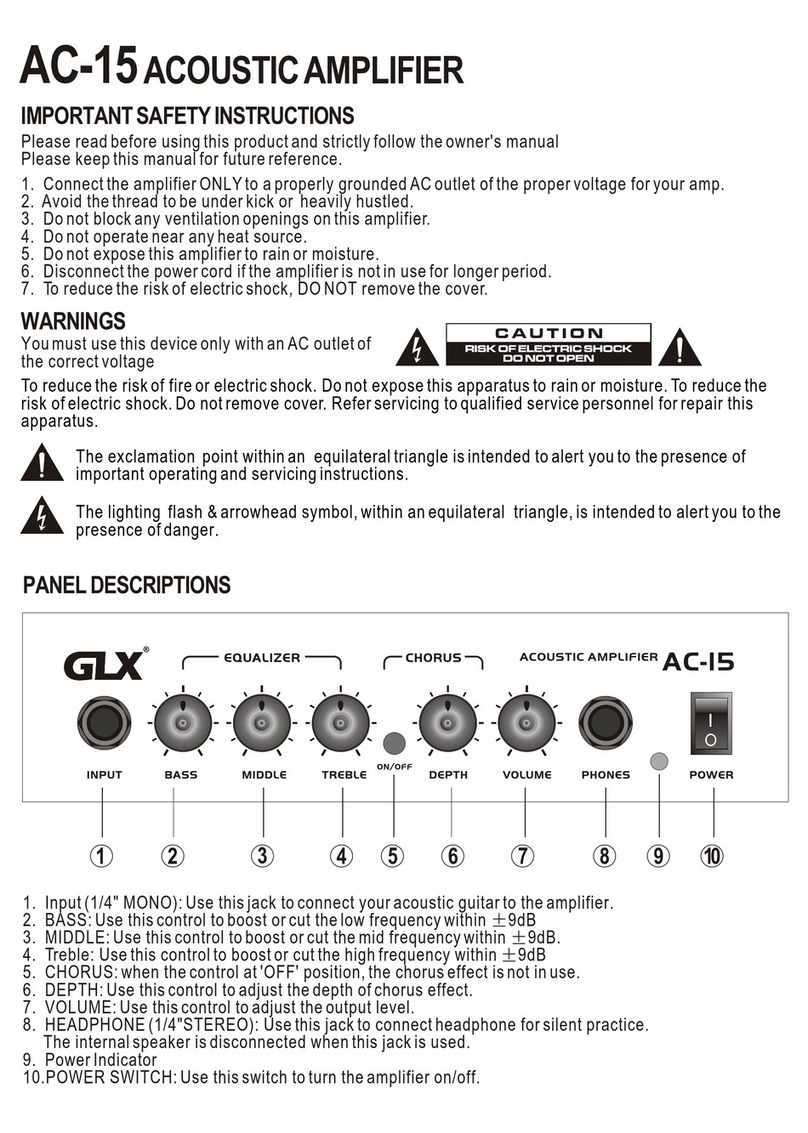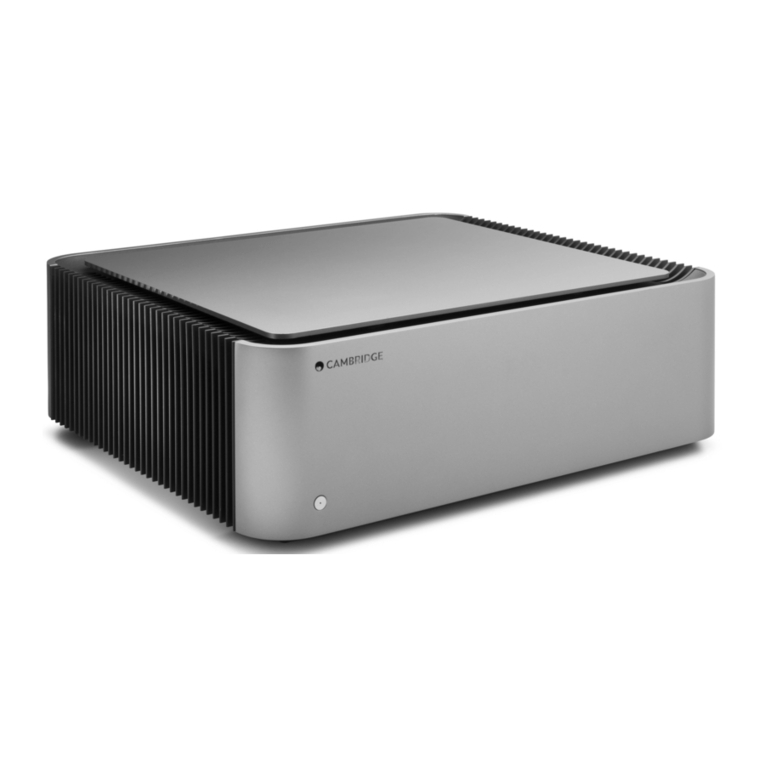Psidex Audio Laboratory PGP-1A Quick start guide

OPERATION NOTES
FOR
PSIDEX AUDIO PGP-1A PRE-AMPLIFIER
DESCRIPTION
The Psidex Audio Laboratory PGP- 1A is a vacuum tube based microphone pre-
amp and program line amplifier designed to provide solid, robust audio from any
low impedance microphone ranging from low output ribbon to high output condenser.
A 30 dB input attenuator is provided to allow using the unit as a bridging line
amplifier, general purpose gain block or mixing amplifier.
INSTALLATION
Installation of the PGP-1A is straightforward. Unit can be rack mounted using
appropriate hardware. Mounting screws should be used with a nylon washer or be
of the non-marring type to prevent damage to the panel finish. CAUTION: BE
SURE THE AC POWER SUPPLY YOU ARE USING IS SAME AS THAT
MARKED ON THE UNIT REAR LABEL. Domestic (USA) units are shipped
strapped for 120 volt operation..
LINE VOLTAGE SELECT
The PGP-1A is strapped for 120 volt ac operation for all units shipped in the U.S
and to Canada. The unit may be set up for 240 volt ac operation by replacing the 4
wire connector at P8 with a connector arranged for 240 volt operation. P8 is located
on the main pcb. CAUTION: THE MAINS LINE FUSE MUST BE CHANGED TO
A RATING OF 0.160 AMPERES, TYPE T, FOR 240 VOLT OPERATION. A
PROPER FUSE MUST BE USED TO MAINTAIN PRODUCT SAFETY. A
connector and fuse kit can be obtained from Psidex for making 240 volt conversion.
1

2
Always provide for adequate air circulation around the PGP-1A chassis. Tube based
equipment can run warm to hot!
Plug the line cord into the PGP-1A IEC power inlet and connect to a proper ac
power source. Set POWER switch to ON and power led indicator will light to show
unit is ready for operation. Allow a 2 minute warm up time.
OPERATION
Operation of the PEQ-1 is straight-forward and intuitive. A run down of the
front panel controls is discussed in this section.
30 dB PAD
A 30 dB attenuator pad can be switched into the 250 ohm input circuit to allow
for high level inputs when used as a bridging or instrument amplifier.
In the OUT position, the input is straight thru with no pad, The IN position
inserts the pad into the input circuit and builds out the input impedance to 10k.
It is useful with guitar or bass inputs, or other signal sources which need higher
Zin than 250 ohms.
TRS INPUT
For convenience, a standard one-quarter inch standard T-R-S phone plug is
provided for front panel input. This connector is wired in parallel with the rear
panel input XLR with tip (T) tied to the input XLR pin 2, S tied to pin 3 and S to
signal ground. Use this as an input jack if not using the rear XLR.
.
OUTPUT PHASE
This switch transposes the 600 ohm balanced output leads to allow phase reverse.
In the normal position the signal path is: positive on Input pin 2 causes positive
output on pin 2. In the reverse position the Output polarity is reversed.
DB GAIN and OUTPUT LEVEL
The system gain is selected with this switch in steps of 10 dB, from 30 to 60 dB.
Gain can be varied over a wide range from zero gain to +6 dB over the GAIN
switch setting with the OUTPUT LEVEL control.. Use the OUTPUT LEVEL to
set your operating level as required. In general, use the lowest GAIN switch
setting which suits your gain requirement,
VU switch
The VU meter can be switched off or can be set to indicate either standard +4 or
+10 reference for meter zero dB. Use as an aid in setting system levels. Lowest
system distortion is with this switch in the OFF position ( due to loading effects).
PHANTOM POWER
This switch controls the +48 volt phantom microphone power. In the ON position
power is supplied to the microphone via 6.8k resistors. The phantom power
control is interlocked with the 30 dB pad switch so that phantom power is
disabled when the 30 dB pad is IN. The yellow LED indicator above the phantom
power switch is lit when ever phantom power is enabled.

3
REAR PANEL
POWER INLET
This unit uses a standard 3-pole IEC male power inlet connector with built in
fusing. A spare fuse is included in the connector fuse drawer. Always replace
fuses with the proper rating for the line voltage in use in accordance with the
ratings shown above in the above LINE VOLTAGE SELECT section.
TUBES
Both tubes are easily removed via the tube access port at the rear of the unit.
Remove the tube shield by pressing in and rotating slightly counter clockwise to
clear the shield J retaining slot, then pull out to remove shield tube. Carefully
pull tube to remove from socket. Do not rock to side as this can damage tube
socket.
CAUTION: ALWAYS ALLOW TUBES TO COOL FOR AT LEAST 5
MINUTES AFTER REMOVING POWER TO AVOID BURNS. TUBES
CAN REACH TEMPERATURES HIGH ENOUGH TO INFLICT
PAINFUL BURNS UPON CONTACT WITH UNPROTECTED SKIN.
Replace tubes with the proper type as shown in the Technical Data section of this
manual. It is well known that all tubes are not created equal and some will
perform better than others. Experience has shown that quality brands of tubes will
offer better performance and service then cheap off brands. The exception to this
rule may be guided by the users experience and practice. Some older NOS (new
old stock) tubes from the 1950’s and 60’s will very often perform and sound
better than current manufactured tubes. If in doubt, replacement tubes can be
ordered from Psidex.
INPUT-OUTPUT
This unit uses standard 3 pin XLR connectors for input and output functions.
Standard audio pin-out is used:
Pin 1 Signal Common )Ground)
Pin 2 Signal, positive reference ( Hi)
Pin 3 Signal, negative reference (LO)
TERMINATION
This switch places a 610 ohm resistive load across the line output. This switch
should be in the IN position when feeding a known un-terminated load. Switch to
the OUT position when the load is known to be internally terminated. Proper
termination will preserve low distortion and maintain headroom.

4
TECHNICAL DATA
Gain •36,46, 56, 66 Db maximum
Distortion •0.008% @ +10 dBm, terminated at 600 Ω
Noise, •-87 dB below +10 output for 30 dB gain
Wideband •-87 dB below +10 output for 40 dB gain
5 Hz-30 kHz •-80 dB below +10 output for 50 dB gain
•-70 dB below +10 output for 60 dB gain
Noise, •-92 dB below +10 output for 30 dB gain
A Weighted •-92 dB below +10 output for 40 dB gain
•-90 dB below +10 output for 50 dB gain
•-80 dB below +10 output for 60 dB gain
Frequency Response •10 Hz to 45 kHz +/- 1 dB
Input- Output •<13 deg. lag @ 20 kHz
Phase Shift
Maximum Output •+26 dBm terminated 600Ω
Level
Input Impedance •250Ωbalanced, input pad OUT
Input Impedance •10kΩbalanced, input pad IN
Output Impedance •600Ωnominal
Phantom Mic. Power •+48 volts via 2x 6.8k
Tubes •12AX7 (1), 6414 (1)
GENERAL
Mains Supply •108-130 or 220- 250 volts Ac, 50/60
Hz.
Mains Selection •Internal Jumpers.
Ac Power, V.A •17.3
Power Inlet •Standard EIA 3 wire.
Physical Size •2U EIA panel, 3.5 x 19 inches.
Depth 9.5 inches.
Weight •8.5 pounds.
The PGP-1A is sold with a one year warranty against all manufacturing defects.
Replacement or repair at the option of PSIDEX
Design and Product specifications may change without notice to maintain quality and performance.
V2 5.3.12

5
NOTES
Table of contents
